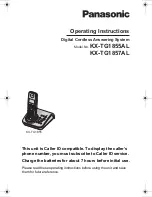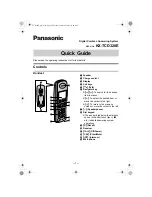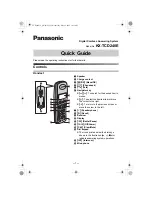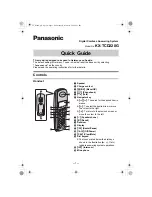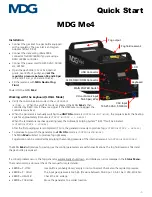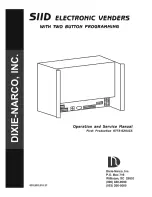
11. General Information
77
Paper specifications
Note for recording paper:
L
Do not use the following types of paper:
–
Paper with a cotton and/or fibre content that is over 20%, such as letterhead paper or paper used
for resumes
–
Extremely smooth or shiny paper, or paper that is highly textured
–
Coated, damaged or wrinkled paper
–
Paper with foreign objects attached, such as tabs or staples
–
Paper which has dust, lint or oil stains
–
Paper that will melt, vaporize, discolour, scorch or emit dangerous fumes near 200
°
C, such as
vellum paper. These materials may transfer onto the fusing roller and cause damage.
–
Moist paper
L
Some paper only accepts print on one side. Try using the other side of the paper if you are not happy
with the print quality or if misfeeding occurs.
L
For proper paper feeding and best print quality, we recommend using long-grained paper.
L
Do not use paper of different types or thickness at the same time. This may cause a paper jam.
L
Avoid double-sided printing.
L
Do not use paper printed from this unit for double-sided printing with other copiers or printers. This
may cause a paper jam.
L
To avoid curling, do not open paper packs until you are ready to use the paper. Store unused paper
in the original packaging, in a cool and dry location.
11.2.2 Handset
Recording paper size:
A4: 210 mm
×
297 mm
Recording paper weight:
60 g/m
2
to 90 g/m
2
Standard:
DECT(Digital Enhanced Cordless Telecommunications)
GAP(Generic Access Profile)
Number of channels:
120 Duplex Channels
Frequency range:
1.88 GHz to 1.9 GHz
Duplex procedure:
TDMA (Time Division Multiple Access)
Channel spacing:
1,728 kHz
Bit rate:
1,152 kbit/s
Modulation:
GFSK
RF Transmission Power:
Approx. 250 mW
Voice coding:
ADPCM 32 kbit/s
ITU-T No. 1 Test Chart
FC195AL.book Page 77 Tuesday, November 18, 2003 10:28 AM























